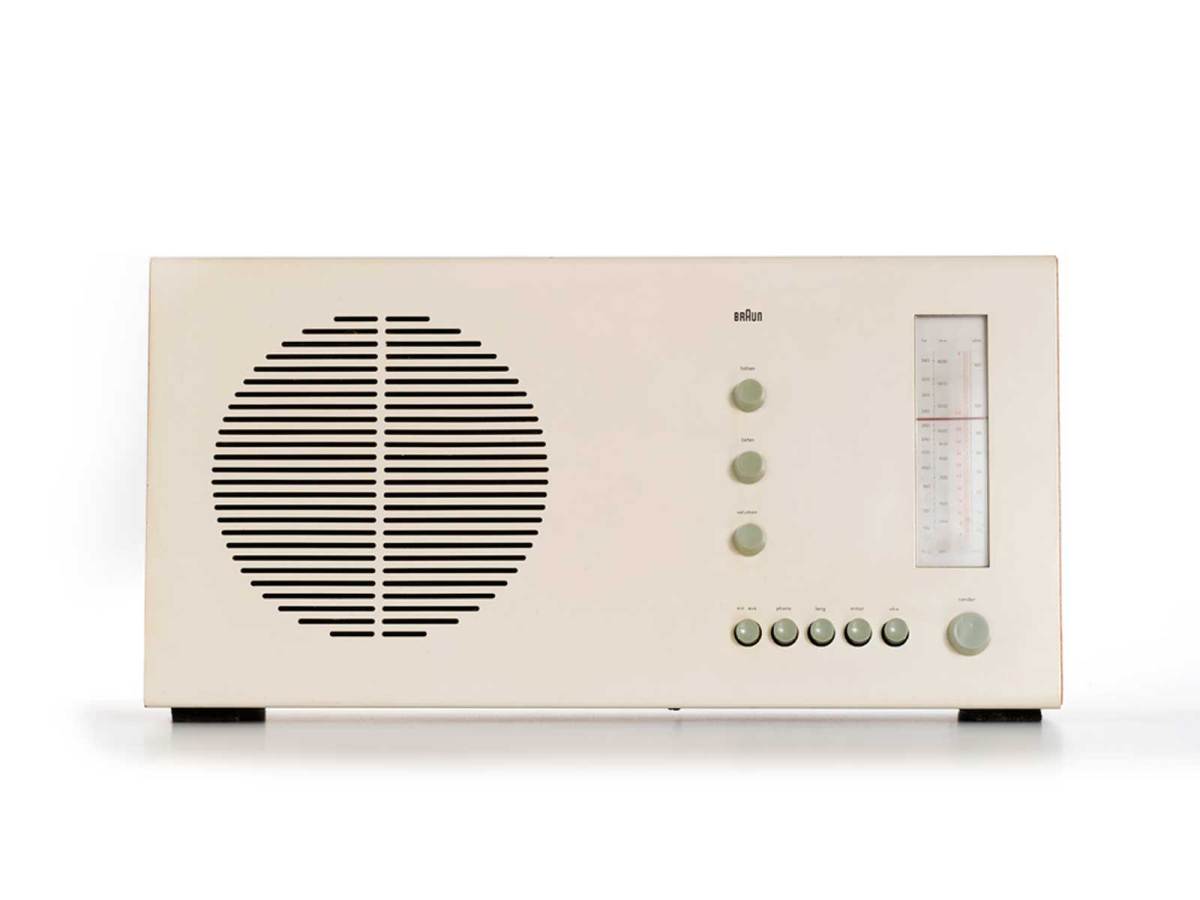“Less, but better” — That’s one of the key principles of good design according to Dieter Rams, Braun’s chief designer for a large part of the twentieth century whose style made icons of Braun products, many if which found homes in prestigious permanent collections in museums around the world and even inspired Apple’s 21st century product designs.
Good design is as little design as possible: Less, but better – because it concentrates on the essential aspects, and the products are not burdened with non-essentials. Back to purity, back to simplicity. — Dieter Rams
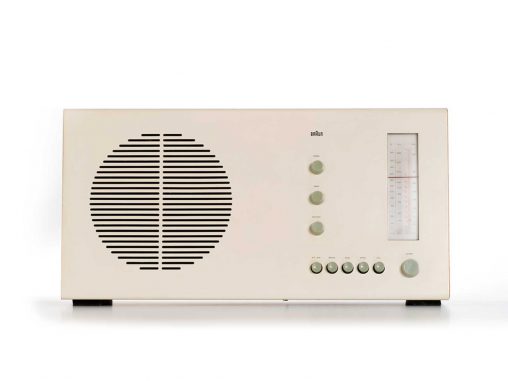
A new exhibition opening in Sydney this weekend will explore how Rams and fellow international designers have transformed information technology from 1910 to 2010, with a “focus on companies that demonstrated a superior understanding of people’s needs which found expression in the products of their design process.”
The exhibition celebrates the power of good design and the ability to transform “the clunky office machinery of a hundred years ago into the must-have luxury technology items we cannot live without today.”
Powerhouse Museum’s Interface: people, machines, design exhibition draws on the Museum’s collection and will feature products designed and manufactured by Olivetti, Braun and Apple among others and include iconic examples of radios, typewriters, calculators, computers, digital media players, smart phones and tablet computers.
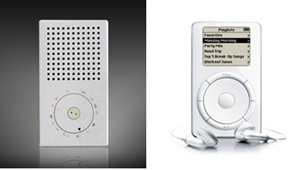
Director of the Museum of Applied Arts and Sciences, Rose Hiscock said he was delighted to have Braun Household supporting the exhibition.
“Interface is a rich and inspiring story of the extraordinary designers who revolutionised technology design in the 20th century.
“The exhibition includes the work of Dieter Rams, the German industrial design visionary behind Braun, whose design methods from 50 years ago have stood the test of time and remain influential in object design today,” Hiscock said.
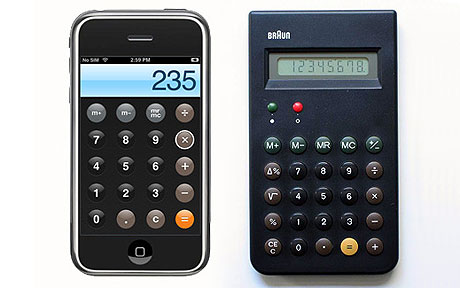
Filiz Bensan, category manager for Kenwood and Braun, said Braun has very strong and rich design history which continues today with a focus on product design that is harmonious and intuitive to use.
“To be able to be associated with the exhibition allows us to align and highlight the strong design heritage of Braun and how it has been influential in industrial design,” Bensan said.
“A lot of consumers have been touched by Braun products at some stage of their life. It is a brand that is very much entrenched in our everyday lives because the products are accessible.”
One enduring example of the simplicity desired by the “less, but better” philosophy is the Tribute range of small kitchen appliances. This range was initially developed in 1962 by Gerd Alfred Muller and Robert Oberheim and a new generation of Tribute will be released later this year.
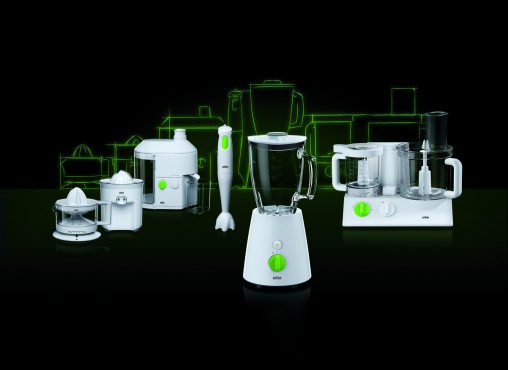
“The Tribute range itself has been developed around multifunctionality, but at its core is ease of operation. Consumers do appreciate the overall simplicity of Braun,” Bensan said.
The exhibition Interface: People, Machines, Design will run from 15 August 2014 to 11 October 2015 at the Powerhouse Museum in Sydney. Read Dieter Rams 10 commandments of good design here.

